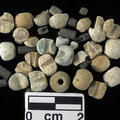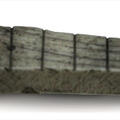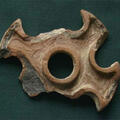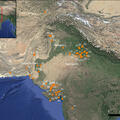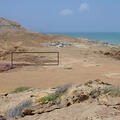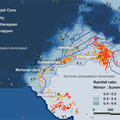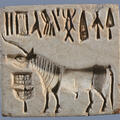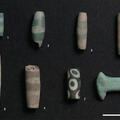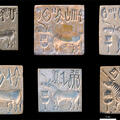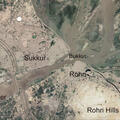Issues in the Determination of Ancient Value Systems: The Role of Talc (Steatite) and Faience in the Indus Civilization
"There was a frequent use of new, artificial materials during the Indus Integration Era, or Mature Harappan period (ca. 2600-1900 B.C.E.)," writes Heather Miller. "Looking more broadly, this seems a characteristic not only of the Indus, but of many of the Western Asian civilizations of the third and second millennia."

